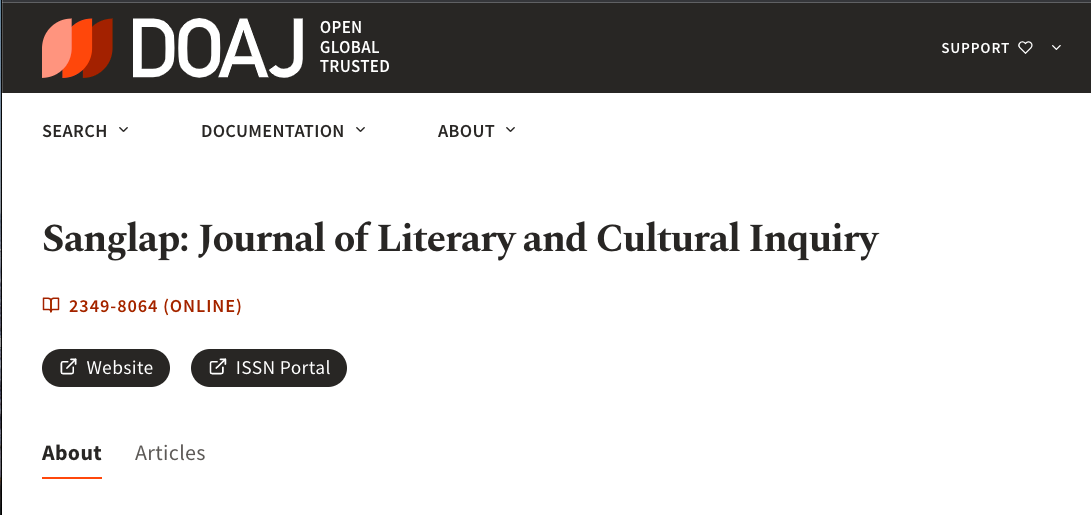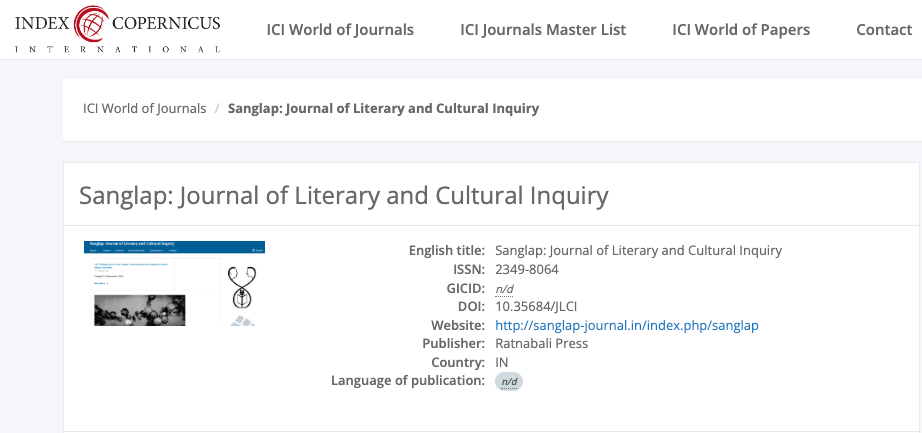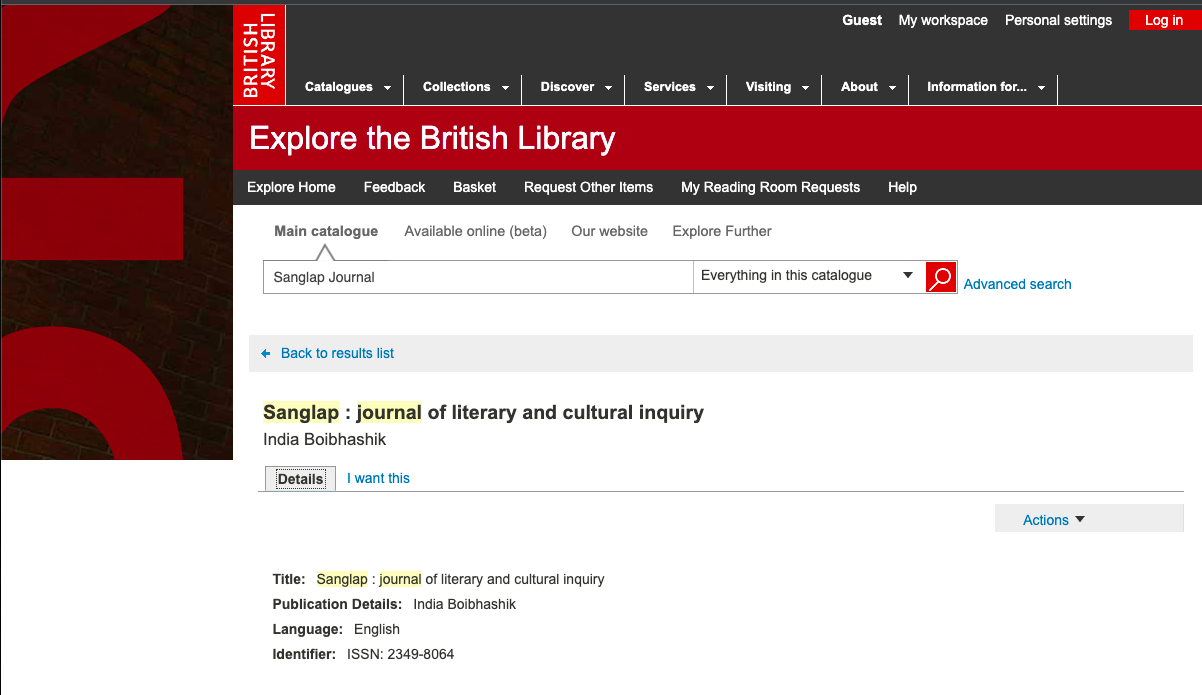Signs and Differentiation
jaL and paaNi in Gujarati
DOI:
https://doi.org/10.35684/JLCI.2022.9106Keywords:
Representamen, Sign, prakāś, vimarś, manāskara, ObjectAbstract
We live in a world of signs and we have very little comprehension of the world outside the semiotic systems that we are exposed to. Signs, in different ways of representing the world, makes us aware about the world around us. Bhartṛhari talks about two functions of the sign, namely identification (prakāś) and differentiation (vimarś). Here, the first function allows the user to identify the object in a system and the second one allows the user to differentiate the object from other objects in the system. But, at times, we may have the same object having multiple representamen. The present paper attempts to present one such case of the same object, namely ‘water’ represented in Gujarati by two linguistic signs – jaL and paaNi. The present paper will primarily deal with the first and the marked sign – jaL and how it is used in Gujarati Sign system. The paper attempts to identify various domains in which the marked sign is used, its interpretant and very specific cultural significance. The analysis of compounding consisting of this sign, and the phrases in which this sign appears is offered. An attempt is made to understand the distinctive features and culturally and socially domain specific meaning through this semiotic investigation.















